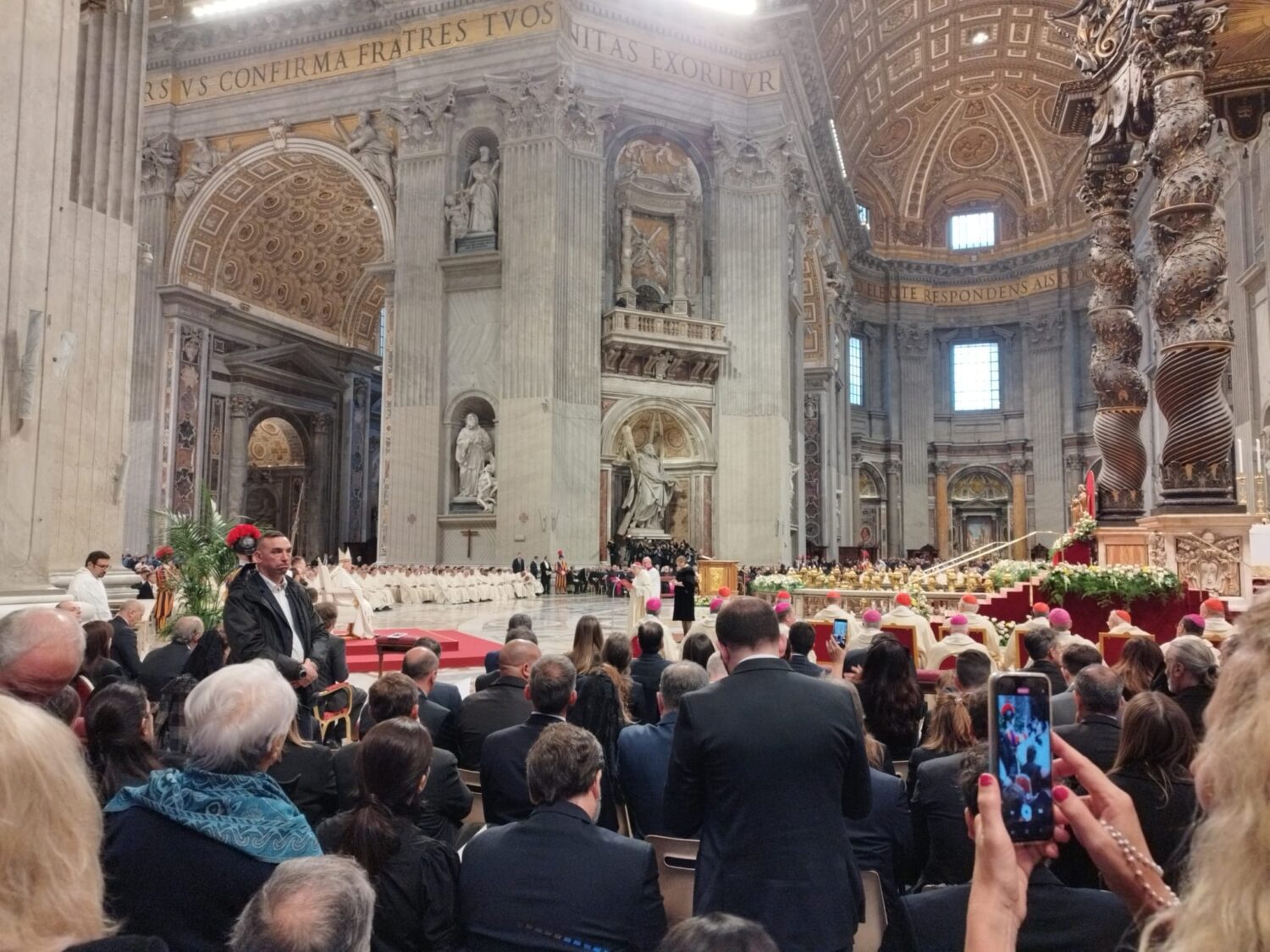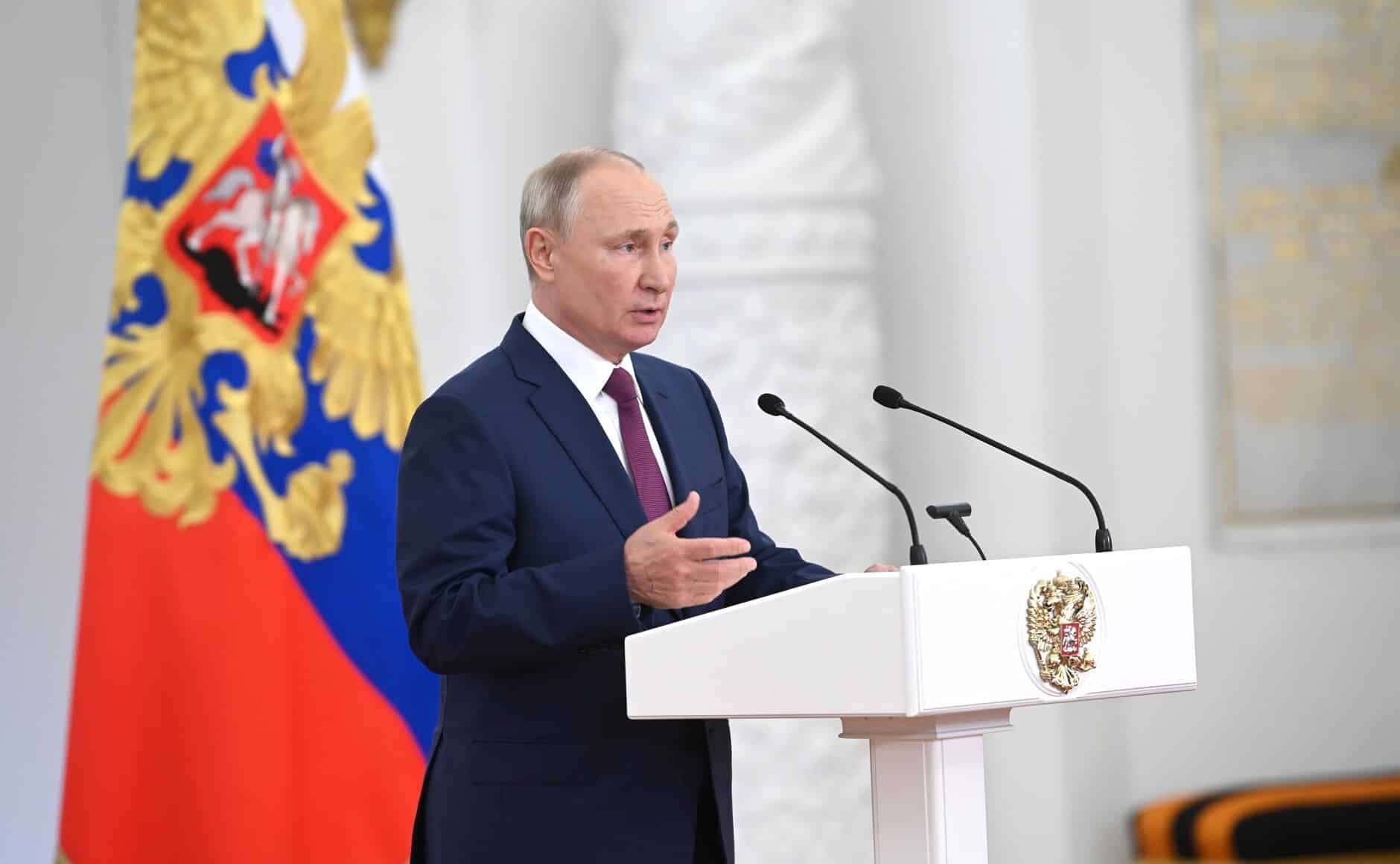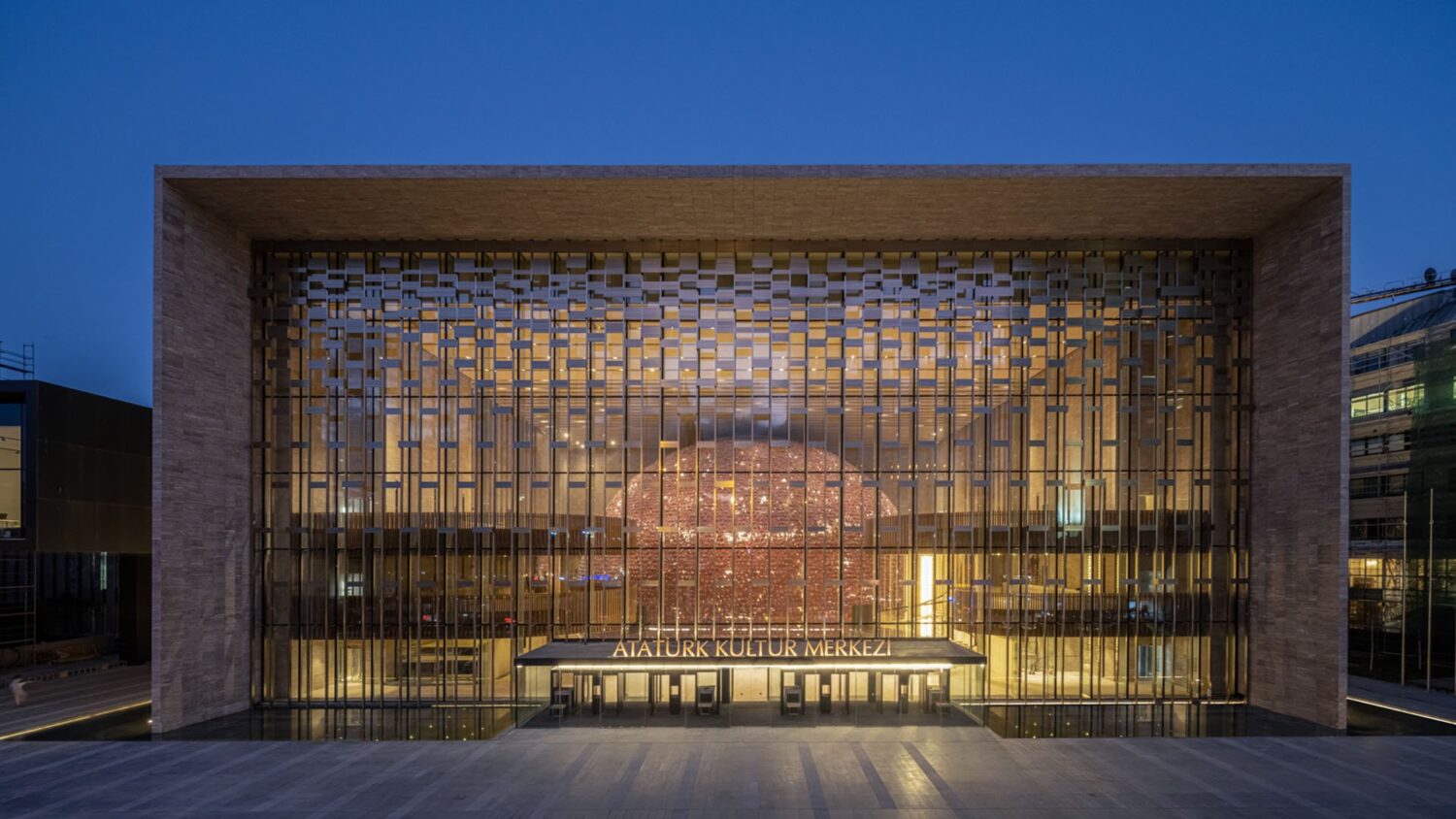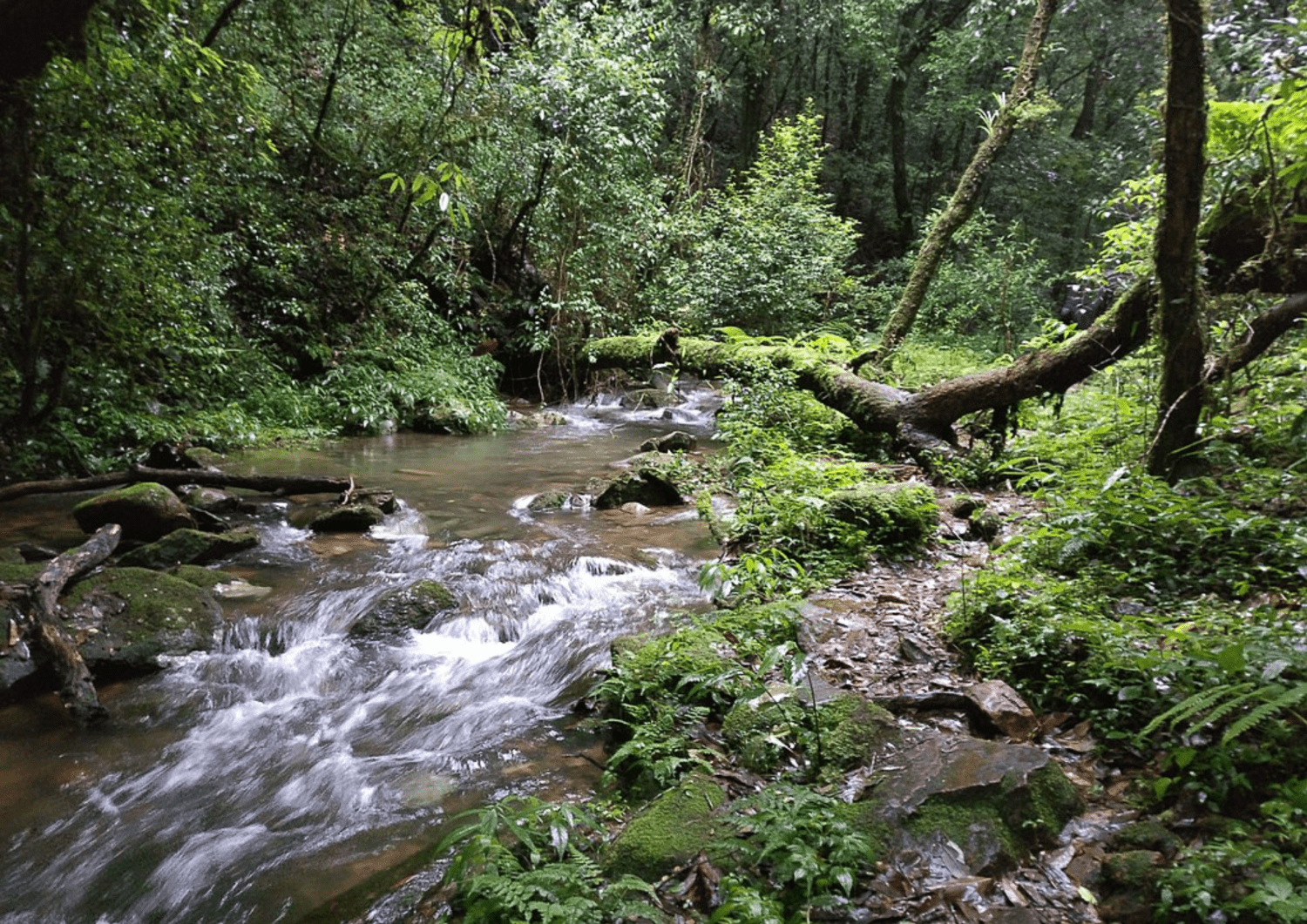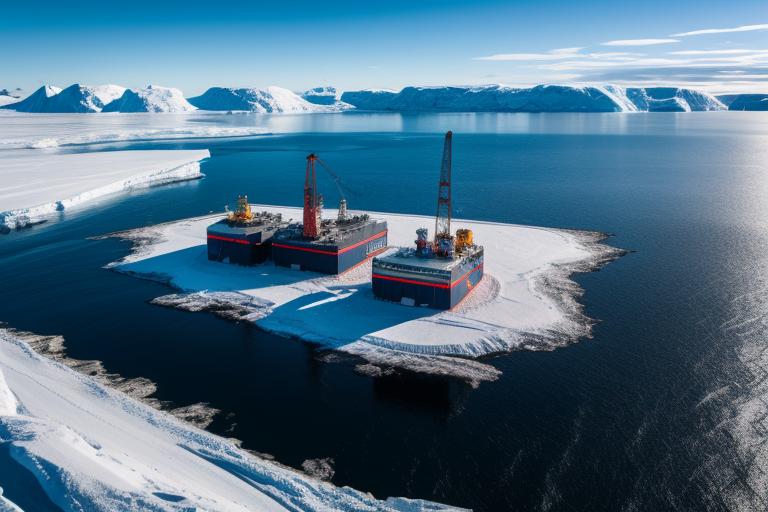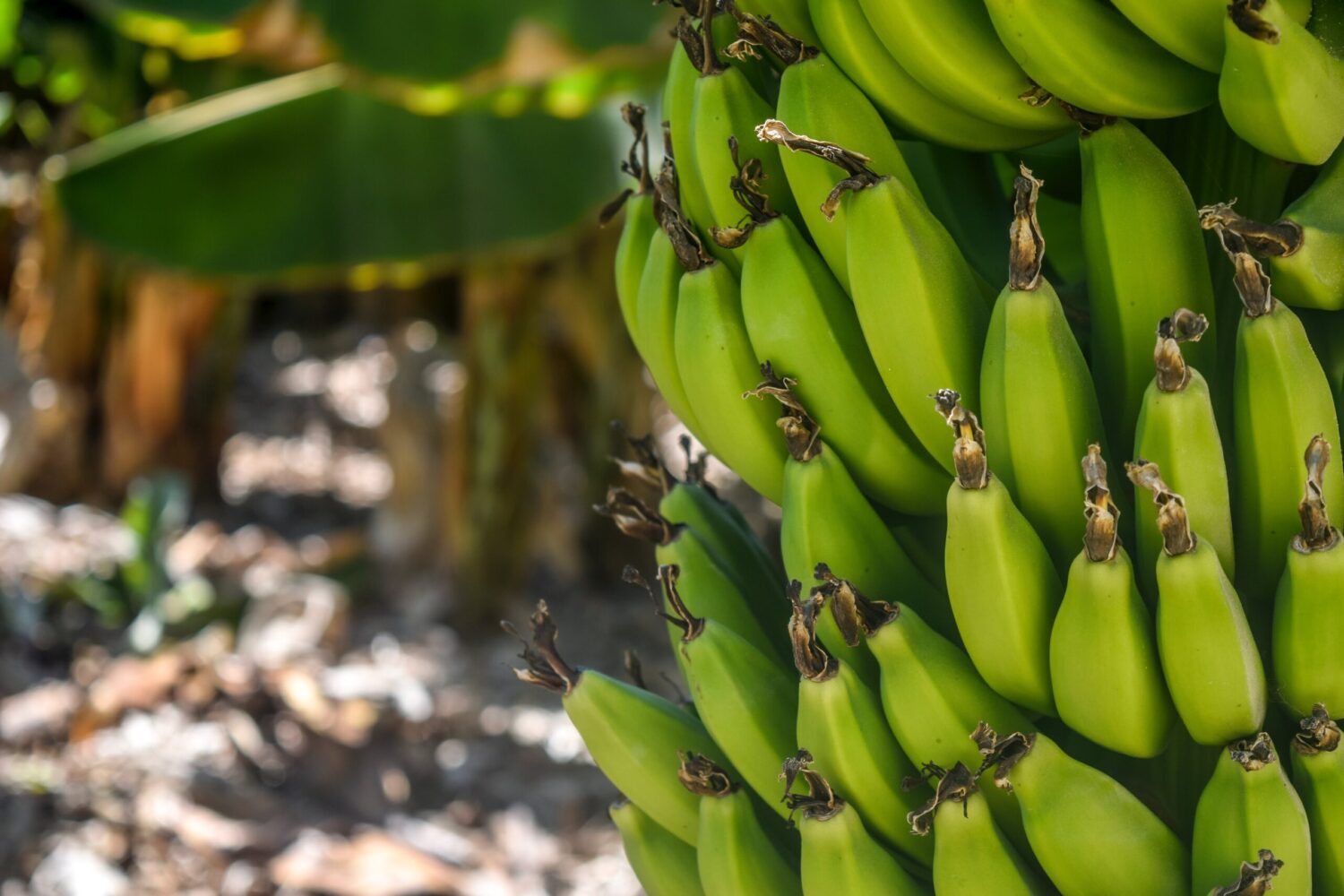In an unprecedented historic event, leaders of different religions gathered in an act of faith and brotherhood to witness and celebrate the canonization of the first Argentinean saint, Saint Mama Antula. This event, marked by hope and emotion, was attended by Gustavo Guillermé, President of the World Congress of Intercultural and Interreligious Dialogue “A Path to Peace”, who led a delegation of prominent figures from different faiths, demonstrating the strength of interreligious dialogue and mutual respect.
The ceremony, which of course was attended by high-level political personalities such as Javier Milei, was attended by a multitude of bishops and archbishops, including those from Argentina, such as Archbishop Alberto Bochatey, Executive Secretary of the Argentine Episcopal Conference; Archbishop Garcia Cuerva of Buenos Aires; and Archbishop Vicente Bokalic of Santiago del Estero, among others.
Among the ecclesiastical authorities of other religions were Archbishop of Buenos Aires, Archbishop Garcia Cuerva, Miguel Steuermann, President of the Jewish-Muslim Confraternity and Director of Radio Jai, as well as Mr. Iván Arjona Pelado, Representative of the Church of Scientology to the European Union and the United Nations; Gustavo Libardi, President of the same church in Argentina, who participated in the celebration with “joy and rejoicing to have one more woman like Saint Mama Antula, who is taken as a model among other things for the courage and integrity she showed in continuing to exercise and guarantee to others their right to religious freedom despite the fact that the times proscribed it” said Arjona Pelado in a heartfelt statement.
The canonization of Mama Antula not only marks a milestone in Argentina’s religious history, but also symbolizes a moment of unity as leaders from diverse spiritual traditions come together to honor the life and legacy of a woman whose faith and dedication left an indelible mark on the heart of her nation.
Gustavo Guillermé, also from Argentina, who had the opportunity to speak briefly with Javier Milei, expressed his honor and satisfaction for participating in this event, highlighting the importance of inclusion and the joint work of all religions to promote peace, justice and equal opportunities in a society that deeply longs for brotherhood and spirituality.
This event, which was broadcast live thanks to Vatican News, is a powerful reminder of how faith can transcend differences and unite people around common values and shared aspirations. The canonization of Argentina’s first saint thus becomes a “symbol of hope and a call to action for leaders and faithful of all faiths to work together to build a more just and compassionate world,” commented Libardi.
For more than two decades, the figure of Jorge Bergoglio has been synonymous with effort and dedication in the field of interreligious dialogue. We can highlight among others his work as Cardinal of Buenos Aires and currently as His Holiness Pope Francis. His work, rooted in the principles of brotherhood and spirituality, has tirelessly sought to promote peace, justice and equal opportunities in a society that yearns for unity and social justice.
From his days as Cardinal Primate in Buenos Aires, Bergoglio demonstrated an exceptional commitment to the inclusion of more and more religions in constructive dialogue, a legacy that continues to enrich his pontificate and from which many should take example. Under his leadership, the inclusion of diverse religious leaders at Mama Antula’s canonization ceremony is a clear reflection of his mission to foster interfaith harmony and effective action toward peace and social justice.

Gustavo Guillermé, moved to have been able to participate in the celebration and the opening, declared that “In these times, the teachings and example of His Holiness Pope Francis resonate with greater force, urging us to follow in his footsteps in the work for peace, human dignity and religious freedom. His trajectory inspires me in particular to continue to unite religious communities to work for the construction of a more just and fraternal world, where respect, understanding, and the much-needed joint action of all religions prevail.”
As part of the preparatory celebrations, there was a presentation organized by Federico Wals and Gustavo Silva, and moderated by Alessandro Gisotti, deputy editorial director of the Vatican media, of the book in Spanish “Mama Antula, la fe de una mujer sin límites” on the figure of Mama Antula, which included the presence and interviews with its authors Cintia Suarez and Nunzia Locatelli, who with devotion told their experiences and were also very excited to attend the canonization ceremony.
Other important political and institutional personalities in attendance were the President of Argentina Javier Milei, accompanied by Karina Milei, Secretary General of the Presidency, the Chancellor Diana Mondino and the Minister of the Interior Guillermo Francos. For the Autonomous City of Buenos Aires, the Head of Government Jorge Macri, his wife and the General Director of Worship, Maria del Pilar Bosca Chillida. For the Province of Santiago del Estero, its Governor Dr. Gerardo Zamora and his wife, National Senator Dr. Claudia Ledesma Abdala de Zamora, who supported the canonization and named Saint Mama Antula Patroness of Santiago del Estero. Also the provincial deputy of Somos Vida, for the province of Santa Fe, Amalia Granata.



